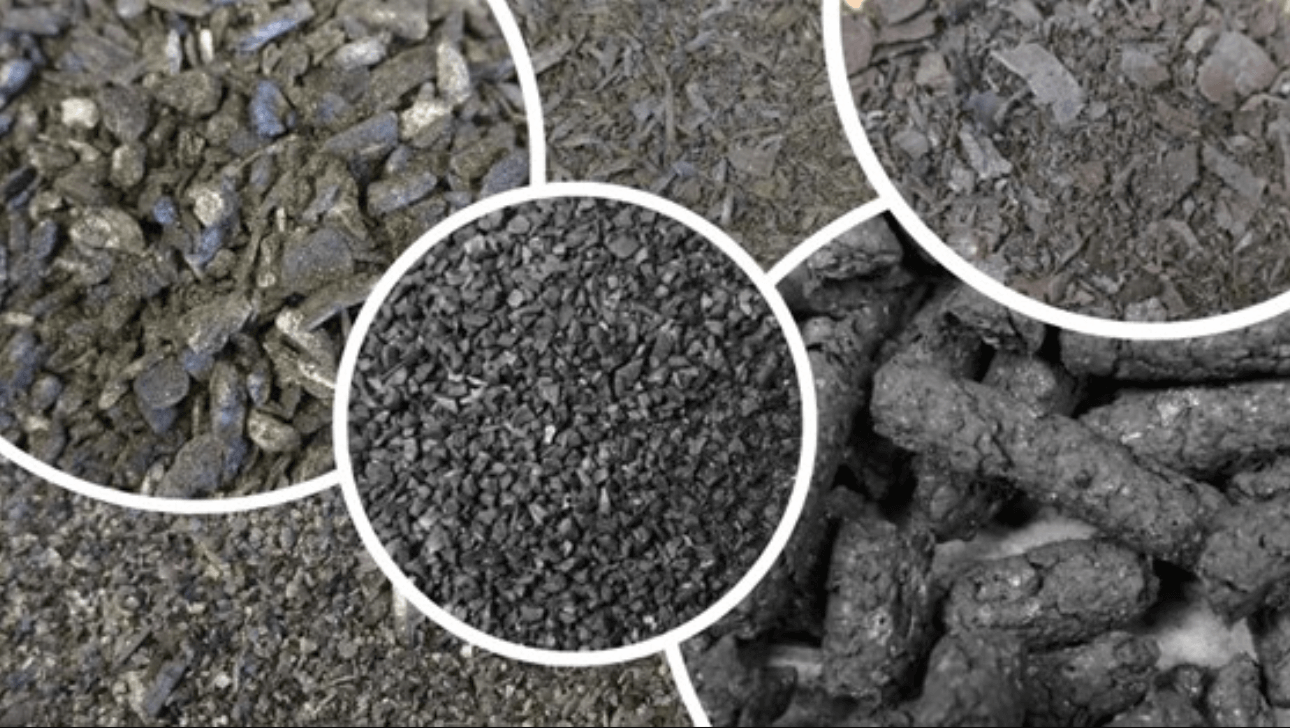New Zealand’s food and fibre industry is built on generations of selective breeding – from ryegrass and cows to kiwifruit and apples. But recent improvements in gene technologies offer a step-change in how we can create new resilient and productive varieties.
Will our success in the past be sufficient for the future?
No, say a growing number of leaders, including geneticists, food scientists and politicians.
Traditional breeding techniques may have got us this far, but they may be insufficient for the challenges ahead, such as climate change.
“With climate change comes a new set of challenges: increased threat of disease, extreme weather, the need for closed growing systems,” [Plant & Food Research chief scientist Dr. Richard Newcomb] said.
…
“We are being left behind,” [said John Caradus, chief executive of Grasslanz Technology Ltd.]
New Zealand’s regulatory settings restrict the development and use of genetically modified plants and animals, but our food regulations allow many GM foods to be sold and consumed.
The commonly found GMO-derived canola and soy oils do not require GMO labelling, nor does the standard emulsifier soy lecithin.
…
A 2019 survey of Māori views concluded: “That while Māori informants were not categorically opposed to new and emerging gene editing technologies, they suggest a dynamic approach to regulation is required where specific uses or types of uses are approved on a case-by-case basis.”

































